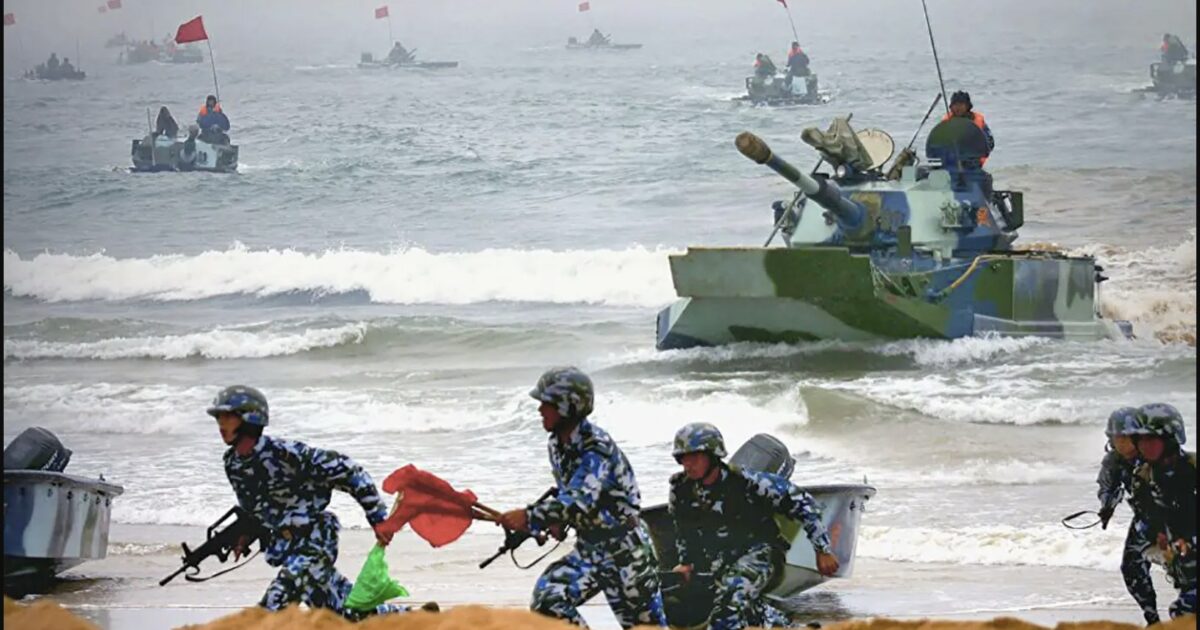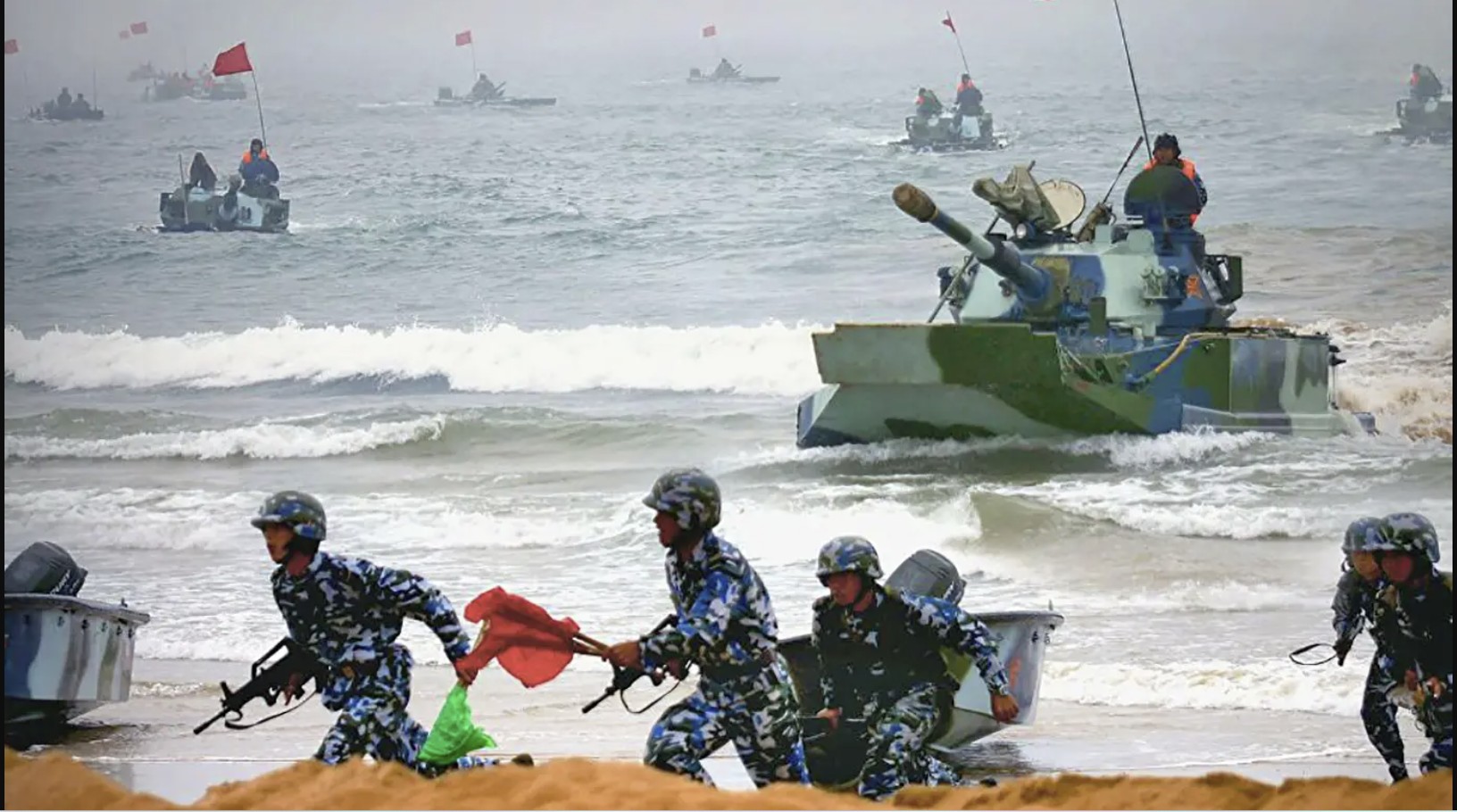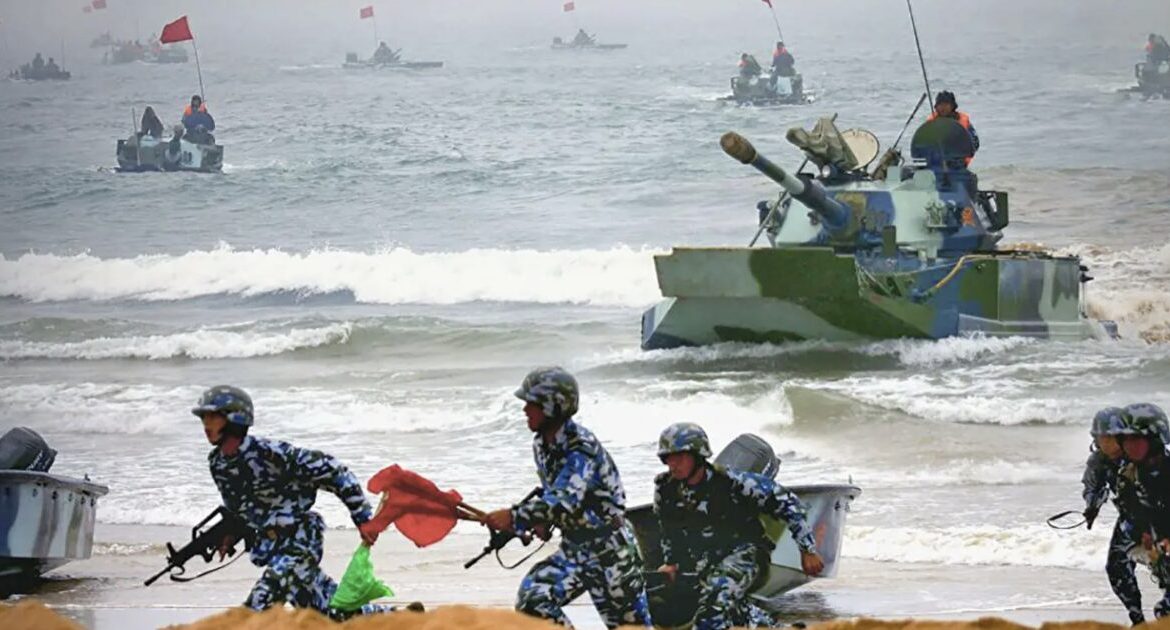

In Washington, Taiwan’s Mainland Affairs Council Minister Chiu Chui-cheng warned that China is actively preparing for war to seize Taiwan, and that its fall would trigger a domino effect undermining regional stability and directly threatening U.S. security and prosperity. He argued that Beijing’s goal is to push the U.S. out of the Asia-Pacific and replace it as global leader under the “China Dream.”
Chiu stressed Taiwan’s strategic location at the center of the first island chain and its dominance in semiconductor production, vital to U.S. technology and global supply chains. He added that Taiwan’s democracy could serve as a model inspiring change inside China and offered to share Taipei’s experience in countering CCP influence with Washington. His visit, which included meetings with U.S. officials, lawmakers, think tanks, and Taiwanese communities, underscored closer U.S.-Taiwan ties but drew sharp criticism from Beijing, which opposes any form of official exchange.
Chiu’s warning reflects a contemporary “domino theory” centered on Taiwan: if China were to seize the island by force, the resulting shift in power would ripple across the Asia-Pacific, undermining the regional balance and directly threatening U.S. security and prosperity.
Taiwan is indispensable to U.S. economic and national security because its semiconductor industry anchors global supply chains that power smartphones, computers, automobiles, AI, defense systems, and more. For decades, Taiwan’s fabrication capacity, led by TSMC and UMC, has complemented U.S. innovation, enabling firms like Apple and Nvidia to dominate their fields and fueling the rise of “fabless” chip design.
In addition to advanced chips, Taiwan remains a leading producer of legacy and memory semiconductors, packaging, testing, and materials, reinforcing its irreplaceable role in the global supply chain.
Taiwan is America’s eighth-largest trading partner, and its suppliers directly or indirectly serve hundreds of thousands of U.S. companies. In 2024, U.S. goods and services trade with Taiwan reached $185.7 billion, a 22 percent increase from the previous year. Services trade totaled $26.9 billion, with the U.S. running a $494 million surplus, up nearly 14 percent from 2023.
In March 2025, TSMC announced a historic $100 billion commitment to advanced semiconductor manufacturing in the United States, bringing its total U.S. investment to $165 billion, the largest single foreign direct investment in American history.
Admiral Phil Davidson, then-head of U.S. Indo-Pacific Command, warned Congress in 2021 that China could attempt to seize Taiwan within six years, well before its stated 2050 goal of supplanting U.S. in economic and military power. He pointed to Beijing’s rapid military buildup, aggression in Hong Kong, Tibet, and the South and East China Seas, and growing ambitions to dominate the region. Davidson urged reassessing the long-standing policy of “strategic ambiguity” toward Taiwan, calling instead for consistent arms sales and professional military development to bolster the island’s defenses. He also highlighted U.S. support through observing Taiwan’s annual Han Kuang drills and stressed the importance of investments in the Pacific Deterrence Initiative, particularly missile defense for Guam, to counter China’s growing capabilities.
Since Admiral Davidson’s 2021 testimony, his warning has become known as the “Davidson Window,” with 2027 identified as the year China could be militarily capable of invading Taiwan. While a 2022 Center for Strategic and International Studies poll found only two of 64 experts viewed 2027 as a hard deadline, the risk of conflict has grown steadily. In May 2025, the House Select Committee on the CCP cautioned that the window to deter war is closing, noting Xi Jinping’s order for the PLA to be ready by 2027.
Witnesses warned that the U.S. must shift resources to land-based deterrence, accelerate weapons deliveries, and harden cyber defenses, while Kurt Campbell emphasized the need to sustain allied confidence in American resolve. Committee Chairman John Moolenaar stressed that defending Taiwan is vital not only for democracy but also for U.S. security, economic stability, and global supply chains, warning that failure would trigger devastating losses and erode U.S. credibility worldwide.
An April 2025 Department of Defense report added further urgency, echoing analysis of Xi Jinping’s “Taiwan dashboard.” The study argued that Xi’s decision-making rests on 13 strategic, political, military, and economic indicators, plus four enduring pressures. Eleven of those indicators show a closing window of opportunity, suggesting that near-term action favors Beijing more than delay.
While military readiness remains a factor, U.S. commitments, Taiwan’s shifting identity, and China’s economic and demographic strains weigh heavily on the timeline. Coupled with Xi’s directive for the PLA to be ready by 2027 and his personal ambitions, the balance tilts toward escalation within the next one to three years, making Taiwan the most volatile flashpoint in U.S. foreign policy today and 2027 the most likely date for the war.
The post US-Taiwan and the New China Domino Theory appeared first on The Gateway Pundit.

